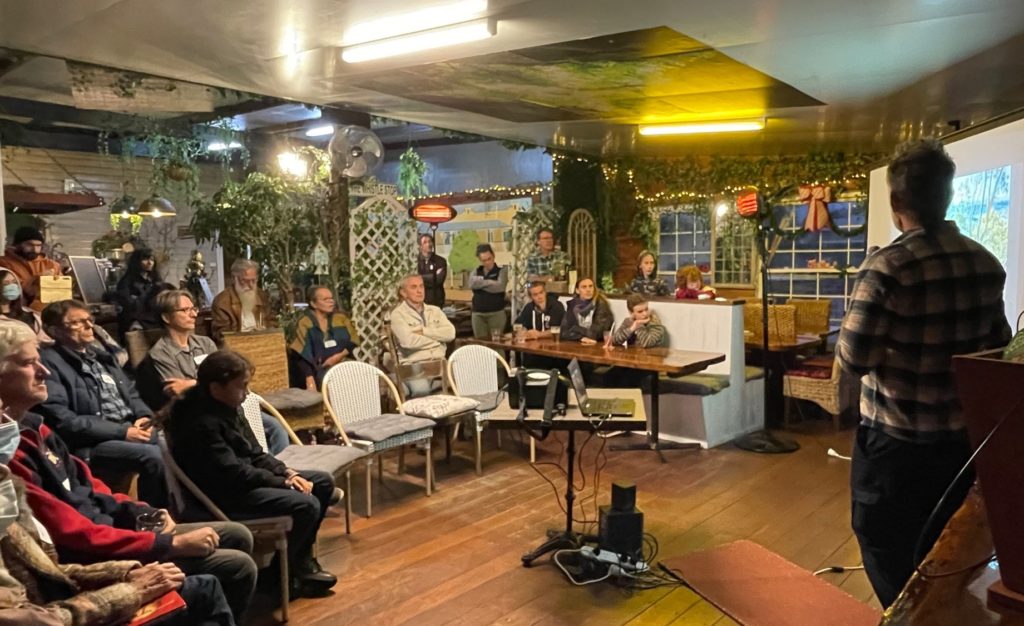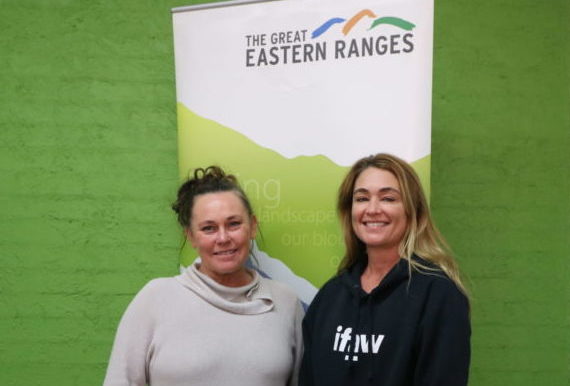
The past few years have delivered a succession of climate disasters and extreme weather events. Events which have caused significant impacts to local communities, wildlife and their landscapes. But in times of challenge the human spirit shows some of its greatest strengths—coming together for recovery, healing and support.
In Northern NSW, Busby’s Flat and the surrounding areas were some of the hardest hit by the Black Summer bushfires which devastated local communities and one of the area’s most important koala colonies. As the land was starting to recover, the widescale floods of Autumn 2022 bought further catastrophic damage to the region, impacting communities, wildlife and habitats.
To support their recovery, the Border Ranges Alliance brought local communities from Myrtle Creek, Busby’s Flat, Upper Cherry Tree, Mongogarie, Pikapene and surrounding areas together to learn from experts in the fields of flood and fire, and to see what opportunities lie ahead to rebuild and create refuges for wildlife post-disaster.
The two workshops were hosted by the Northern Rivers Fire and Biodiversity Consortium inc. with the support of the Great Eastern Ranges, IFAW (International Fund for Wildlife) and WWF-Australia at the Rappville Commercial Hotel. A local pub that narrowly missed the fires but was not so lucky in the recent floods.
The workshops were well received, with more than 80 local landholders and community members attending to hear about cultural burning practices, stream restoration, assisting natural regeneration, controlled burning for ecology, local conservation projects, private land conservation and the value of hollow bearing trees.

Along with valuable insights from their areas of expertise, presenters offered opportunities for interested landholders to get involved in future works, including Land for Wildlife (LFW) assessments, regeneration, and koala detection dog surveys. The events wrapped up with lucky door giveaways including native plants, nest boxes and books.
In addition to building local capacity and skills, several landholders expressed their interest in participating in future conservation and restoration activities. Some of these properties will serve as new anchor properties – properties that form a central focus for on-ground works from which efforts are radiated out from – for Cores, Corridors and Koalas.



 Media release
Media release